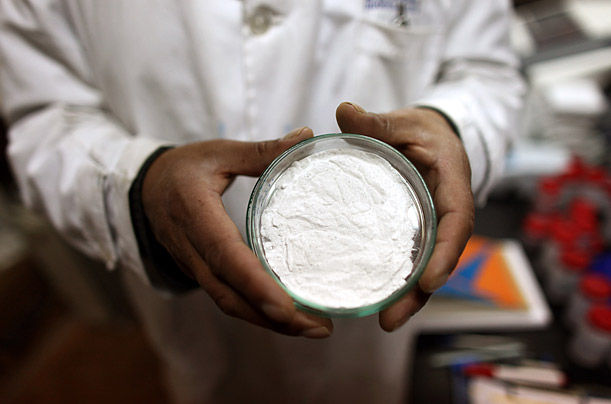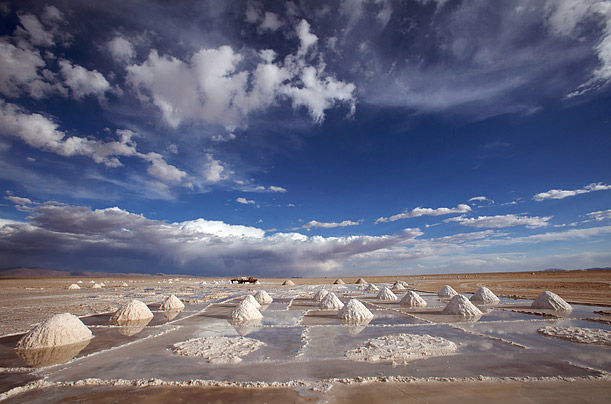See you in a year.
Editor’s note: This article comes from the WeChat public account “Brain polar body” (ID: unity007) , author Hai strange.
The new energy vehicle industry has really entered an eventful spring!
The spread of the New Crown epidemic has caused the entire automotive industry, including of course new energy vehicles, to fall into a huge risk of declining production and sales. And under the state’s “new infrastructure” and other measures to actively rescue the market, the construction of new energy charging piles has also been highlighted. Recently, the executive meeting of the State Council decided to extend the new energy vehicle purchase subsidy and purchase tax exemption policy for 2 years. This is undoubtedly a strong shot for new energy vehicle companies.
However, subsidies can only continue life. Whether they can survive the epidemic exam depends on the ability of car companies to save themselves.
Even without this epidemic, 2020 will be a turning point for the new energy vehicle industry. Especially in the field of power batteries for new energy vehicles, a drastic change in the technical route is also being staged.
At the beginning of the year, BYD disclosed the “blade battery” to the public, and now the boots finally land. On March 29th, BYD Blade Battery Conference was held and it is expected to be officially launched in June.
As a new generation of lithium iron phosphate technology route, the blade battery is regarded as a killer innovation of the ternary lithium battery that subverts the limelight. The technological breakthrough and cost reduction brought by the blade battery will also force the overall price of ternary lithium battery products to fall. The reshuffle of the power battery industry is inevitable, but for the people who buy new energy vehicles, it must be good news.
At the CES2020 show at the beginning of the year, IBM released a news about the technological achievements of “sea water to make batteries”, which added a bit of “spoiling” to this treacherous industry change drama.
Probably because there is no physical display, IBM just announced that it will continue to research and develop with the parent company of Mercedes-Benz, so it has not caused too much attention in the industry.
However, if you take a closer look, many details are still worth savoring, including three “new materials” extracted from seawater minerals, almost all the performance of lithium batteries, and the use of AI algorithms and quantum computing for research and development … …
This leads us to ask: Is seawater batteries the next round of “newly selected children” of new energy batteries?
I have to admit that you have successfully caught our attention with seawater batteries.
Lithium batteries are really not as beautiful as they look
Before we talk about the seawater battery, we have to re-understand the lithium battery, this familiar and strange “friend”.
I wonder if you realize,From our smart phones, computers, tablets, to electric bicycles, electric cars, almost all rechargeable toys, electronic equipment, are using lithium batteries for battery life. It can be said that lithium batteries have become an indispensable element of our lives.
However, have you ever thought about these problems? Where do these lithium metal materials come from? Does the lithium battery affect the environment? After these electronic products are used up, how to deal with the lithium battery?

Compared to chemical fuels, lithium batteries are being regarded as a mature technology application of clean energy, especially for China, a large energy-consuming country that relies heavily on coal and petroleum.
But there is still a big problem here. The lithium battery itself is just an energy storage technology, and the electricity it stores still comes from the existing power grid. If the power source of the power plant does not come from clean energy (hydropower, wind power, nuclear power, etc.), but it is still thermal power, it is actually just a new form of emission. However, for the oil (and its refined fuel) that replaces strategic energy, lithium batteries are indispensable for the power batteries of new energy vehicles.
So, does the source of the lithium battery material meet the original meaning of “clean energy”? I’m afraid not.
Currently, the world’s main lithium metal raw materials are extracted from brine rich in magnesium and potassium through saline-alkali underground. Under the thick salt layer of the Andean Plateau in South America (the location of the Uyuni Marsh in the Wonderland), more than half of the world ’s lithium metal deposits are stored, which also provides half of the world ’s lithium production.

(lithium mine in Uyuni salt marsh on the Andean Plateau)
The filtration and purification of lithium salts actually require a lot of water resources. For the extremely arid South American plateau, lithium mines take up a lot of groundwater resources. Even in areas with relatively sufficient water resources, wastewater from lithium mines containing toxic chemicals will re-infiltrate into domestic water systems, affecting groundwater, agricultural irrigation, drinking water resources for humans and animals, etc.
For lithium batteries, none